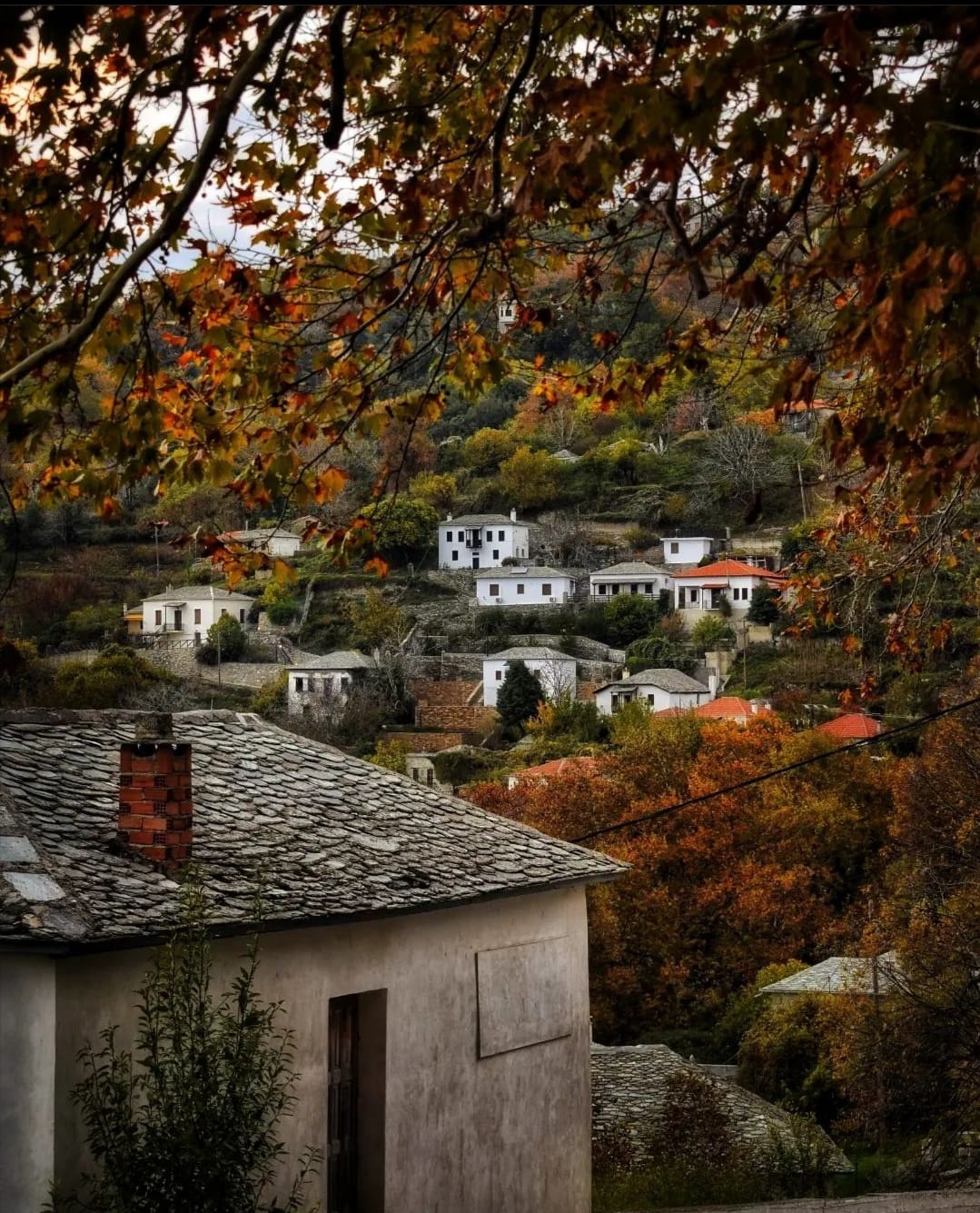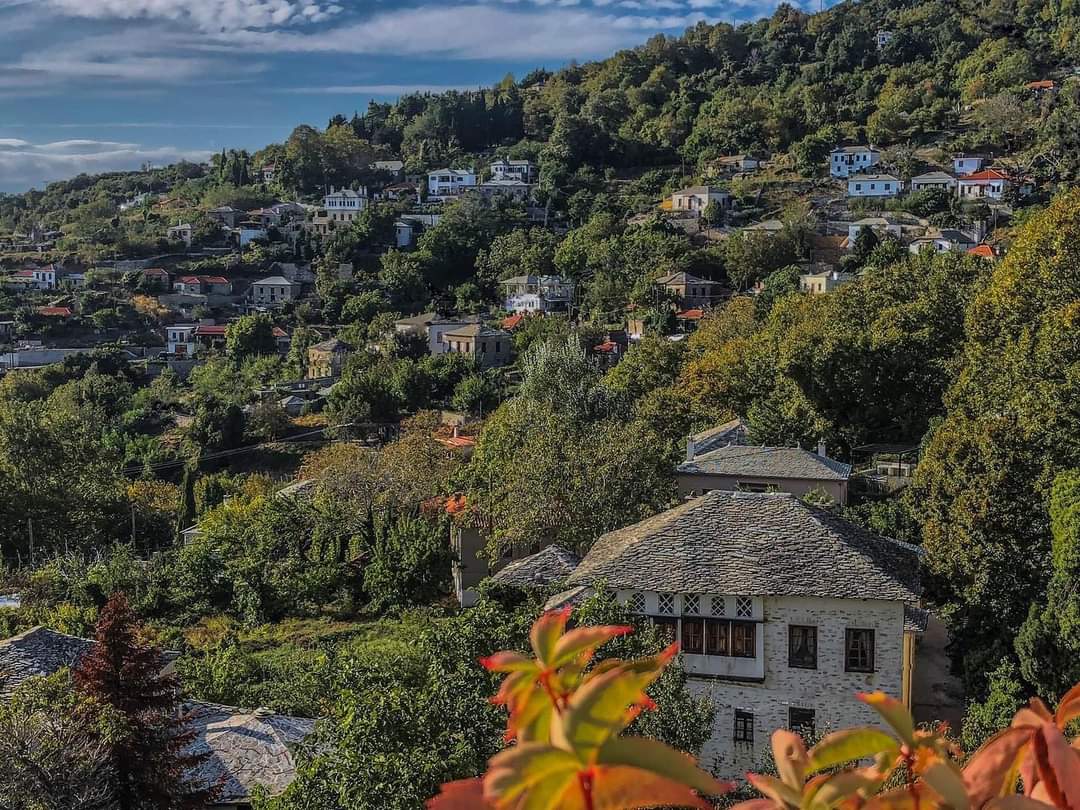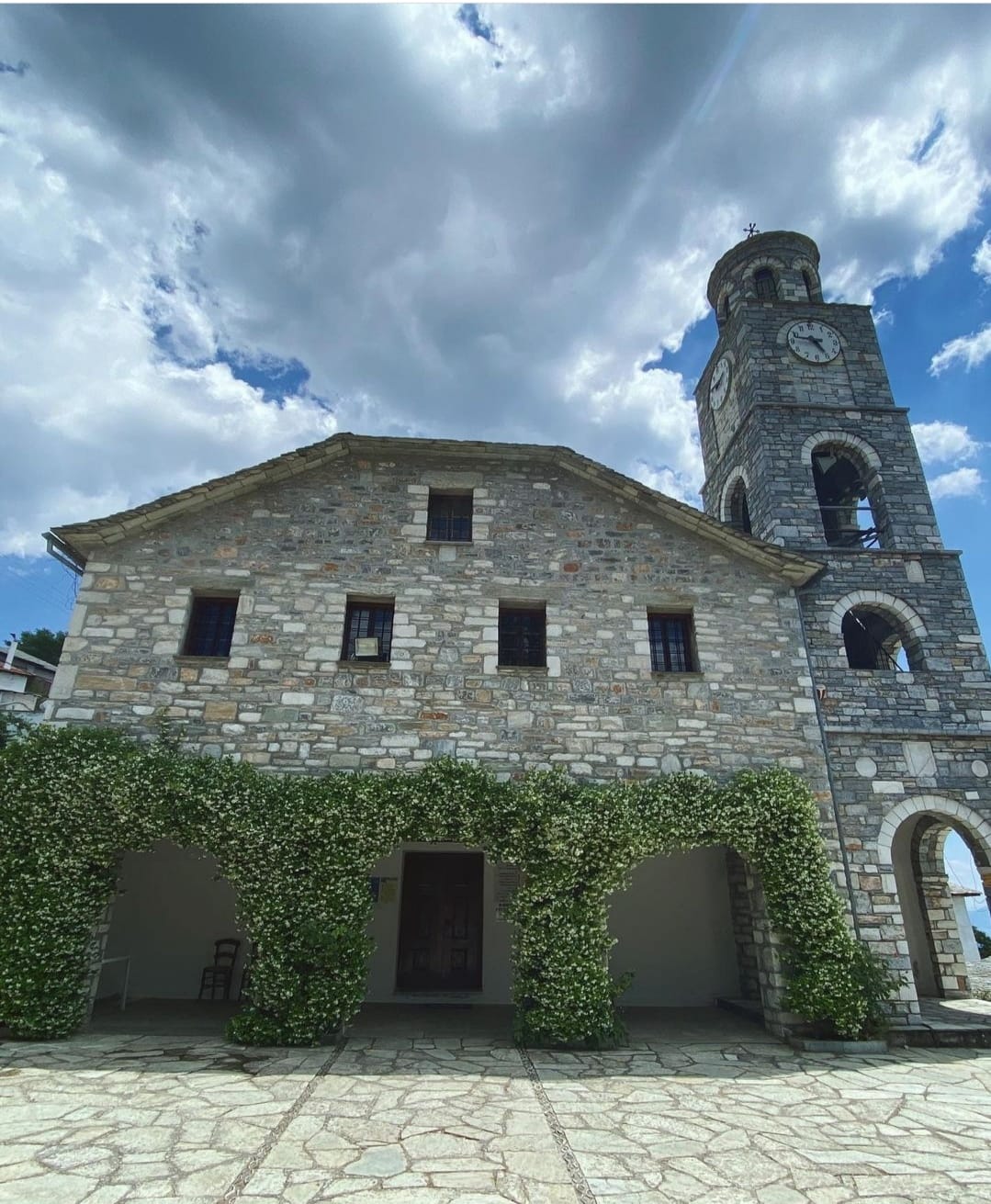
Pelion is full of popular destinations, some mountainous and some coastal, ensuring high visitation throughout the seasons. However, some villages continue to escape mass tourism, offering getaways for those seeking more peaceful escapes. Like Agios Georgios Nileias, also known as the "Retreat of Pelion".
AGIOS GEORGIOS NILIAS - PELION
Built at an altitude of 620 meters, just below the Schintzouravli peak, Agios Georgios Nileias is the highest mountain village in Pelion. Despite this, it is easily accessible from Volos, only a 20- minute drive away (21.7 kilometers). Its history dates back to the 15th-16th century, with tradition saying that local shepherds founded it following a miraculous discovery of an icon of Saint George.


Text source: www.travel.gr
4 THINGS WORTH DOING IN AGIOS GEORGIOS NILEIAS
Despite its proximity to Volos, if you find yourself in Agios Georgios Nileias during winter and want to relax while keeping your distance from the crowds, you can enjoy the surrounding area without having to visit the capital of Magnesia.
Explore the village itself
Walking through the village, you'll notice it's set in a beautiful natural landscape, rich in streams and forests of oak, chestnut, apple, and pear trees. Along the way, you'll encounter many stone fountains, stand in the central squarewith cobblestone streets and the centuries-old plane tree, but also admire neoclassical houses dating back to the 19th century, examples of Pelion architecture (two-story houses with slate roofs and many windows). Notable among them are the mansions of Ioannidis, Derelis, and Tzortzis. Just outside the village limits, you can also see the open-air theater "Aloni"which was established in 1995, offering a view of the Pagasetic Gulf. It is not operational in winter, but every summer hosts theatrical performances and concerts.
Visit the Holy Monastery of Pammegiston Taxiarchon
It is one largest female monasteries in Greece,built in an exceptional location with a panoramic view of the Pagasetic Gulf, on the road leading to Agios Georgios Nileias from Agios Vlasios (about 3 kilometers outside the village). It has a fortress-like form and seems to have its roots in the Middle Byzantine period when the entire Pelion was home to a flourishing monastic community. Its first peak dates back to the 12th century,while its present Catholicon (main church) dates back to the 15th century.
Visit the Museum of Sculptor Nikola.
The sculptor and engraver Nikolaos Pavlopoulos (1909- 1990) originated from Agios Georgios Nileias and had a significant career, for which he was awarded several times, even at international exhibitions (e.g., Paris, Florence, Rome).
The construction of the museum began in 1989. With his will, Pavlopoulos left works and a sum of money to his hometown to complete the museum. Its operation started informally in 1992 and officially 1996Today, it belongs to the public and hosts 22 sculptures by Nikolaos, 13 woodcuts, 1 engraving, and 16 medals. In two wooden showcases, there are also designs, his work tools, and personal items.
Visit the Church of Saint Athanasios
A triklita basilica with a wooden roof, built by the Municipality of Zepanioti in 1795, is considered one of the most beautiful examples of 18th- century folk architecture.Impressive is also the wood-carved iconostasis inside, the work of Pelion craftsman Apostolos Athanasiopoulos: dating back to 1872, it is probably made of plane tree and is characteristic of the post-Byzantine era. The church also houses 45 portable icons painted with the egg tempera technique,all created between 1886-1925.
Take a stroll in the more famous villages, a little lower
If you want to see more people, leaving for a while from the "retreat" atmosphere of Agios Georgios Nileias, there is no need to drive to Volos. Just 5 to 15 minutes lower are Pinakates, Vyzitsa and MiliesAll of them are villages with relatively more visitors (especially Vyzitsa), each with its own attractions.

